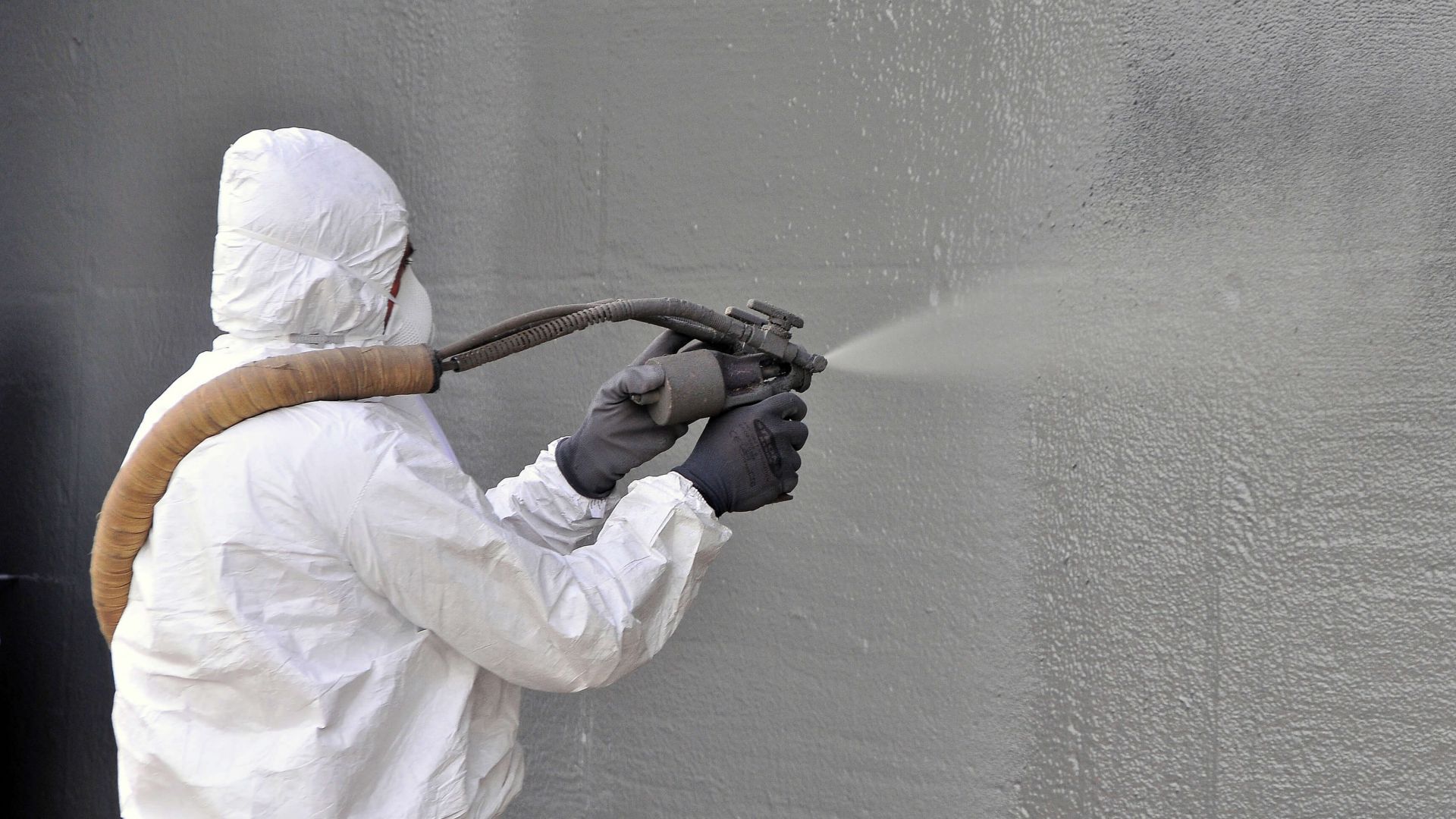Concrete structures are constantly exposed to harsh environmental conditions such as rain, de-icing salts, and fluctuating temperatures. Over time, this exposure can lead to moisture penetration, chloride ingress, and subsequent deterioration of the concrete and embedded reinforcement. Effective protection is therefore essential to maintain durability, safety, and appearance — and one of the most efficient ways to achieve this is through the use of hydrophobic impregnations.
Our hydrophobic impregnation systems help extend the service life of concrete by creating a water-repellent barrier, effectively eliminating moisture uptake and limiting ingress from chlorides and freeze-thaw. Ideal for exposed concrete, balconies, façades, car parks, bridges, tunnels and more.
Why Choose Hydrophobic Impregnation?
Enhanced durability – Prevents water and chloride ingress, thwarting deterioration processes.
Chloride & contaminant protection – Helps prevent ingress of chlorides and harmful dissolved chemicals.
Preserves appearance – The treated surface retains its original look; no film or coating layer is visible.
Cost efficient maintenance – Prolongs structure life, reducing repair frequency and whole-life cost.
Versatile application – Suitable for new build, refurbishment, part repairs, concrete facades, decks and more.
How Hydrophobic Impregnations Work
Hydrophobic impregnations are silane and/or siloxane-based solutions which penetrate the concrete surface and form a water-repellent zone within the pores and capillaries.
This repels liquid water while still allowing the substrate to breathe and release vapour. As a result, moisture uptake is minimised and contaminants carried by water (e.g., chlorides) are blocked.
The aesthetic finish remains unchanged.
Typical Application Steps
- Surface preparation – clean, sound, dry substrate, remove laitance, repair defects.
- Masking/restriction of runoff.
- Application – low pressure spray, brush or roller according to product data sheet.
- Allow time for penetration.
- Inspect after allowing penetration; optionally test effectiveness with water (which should bead or run-off the surface).
Where It Makes a Difference
- Exterior concrete façades & cladding.
- Car park decks, mezzanines and ramps.
- Bridges, road tunnels and infrastructure.
- Loading and uploading bays
- Concrete near coastal reagions
- Swimmingpools (as part of Total Corrosion Management).
- Balcony slabs, terraces.
- Historic or exposed concrete that must retain original look.

